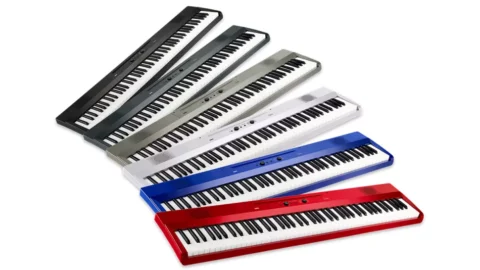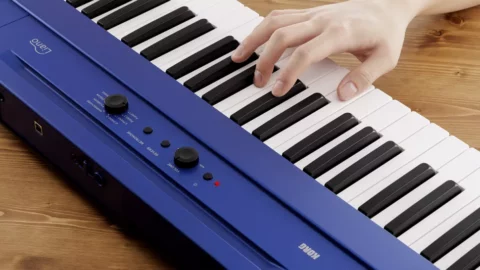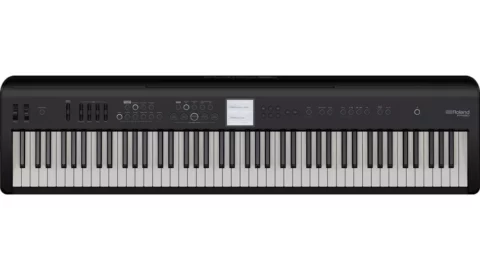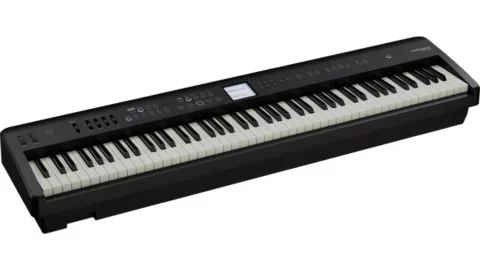Loog Piano Beginner Portable Digital Piano With Musician-grade Sound & Design
Loog has introduced Loog Piano, a portable digital piano for children and grown-ups, with musician-grade sound and design.
Beginner keyboards are often black plastic affairs with little in the way of personality, so the forthcoming Loog Piano could make for a refreshing alternative.
Loog made its name with its simplified three-string mini guitars, but has diversified into making kid-friendly six-string models. The piano follows the same ethos: it has a stripped-back design and is said to be easy to play.
Stripped-back doesn’t mean dull, though – first impressions are that the Loog Piano looks gorgeous. There are three octaves of what appear to be full-sized, velocity-sensitive keys, built-in speakers and a built-in rechargeable battery. There’s a lot of wood on show, too, including the end cheeks and the volume knob.

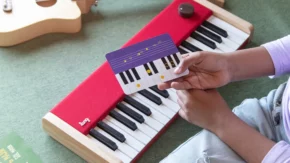
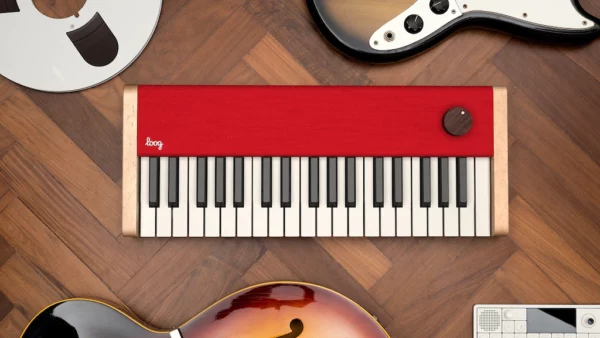
So far so simple- Unlike the majority of home keyboards, the Loog Piano features just one sound – that’d be a piano, obviously – which is based on a combination of sampling and modelling. The photos indicate that beginners will be able to learn to play using a system of flashcards, which will indicate which notes to play and when.
Connectivity options – headphone and USB-C sockets (MIDI over USB support is unconfirmed).
The Loog Piano is launching into a well-established, highly-competitive space.
The proof of the piano pudding will be in the playing, though: The Loog Piano is set to hit Kickstarter on 26 September at an early bird price of $249. You can sign up for email notifications on the Loog website.
